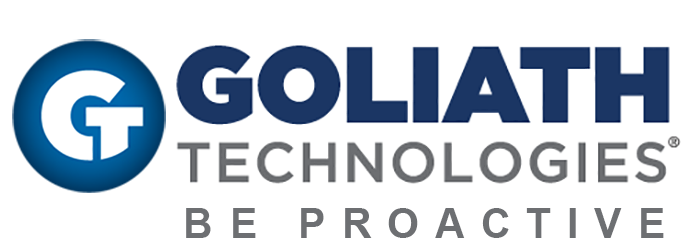Virtual architecture is complex to stand-up and deploy, and when it comes to the ability of your support team to fix an issue it needs to be done fast and when possible - proactively. This is extremely important from the business user perspective in all organizations, but even more importantly in healthcare where there is another person’s health and possibly even their life on the line. With this level of criticality It becomes imperative to simplify troubleshooting your IT Healthcare virtual architecture, and the Electronic Medical Record (EMR) applications such as Epic and Cerner to name a couple. Let’s dive deeper into this topic by first discussing a real-world problem scenario, then do some discovery around how users will work around the system if they do not get what they need, and then we will do some discovery around how purpose-built monitoring can ensure the uptime of your EMR deployment.
Getting the right care – let’s start with the Emergency Room
The last thing your Information Technology team wants to hear is that the healthcare provider cannot do their patient charting, medicine administration, or place an order for a chest x-ray for a critical patient in the emergency room due to slow performance when they are trying to login to the system. In all cases, the emergency room will come with the need for treating their patients quickly. Waiting is not an option.
I have personally experienced this first hand when I brought one of my children to the emergency room of a medical facility that used an EMR application. My son ended up with a cut that required stiches, and while it’s been many years now, this scenario showcases how a slow EMR application can impact the healthcare providers ability to do their job efficiently. The emergency room care provider was very professional, but the login to the system was moving very slowly. So much that they were standing there with the pain medication in hand for my child, but couldn’t move forward until the system let them in. Thankfully in this case it worked out ok, but what would happen in a more critical situation?
According to a survey of 50 healthcare institutions by the International Journal of Medical Informatics (Sittig DF, et al. Int J Med Inform. 2014;83:797-804, http://bit.ly/2xSHOAy), 96% of responders reported at least one unplanned downtime in the three years prior to the survey. More alarming, 70% had at least one unplanned downtime that lasted more than eight hours. This survey highlights that my ER experience was not an isolated incident, and that we need both awareness and action to ensure that the technology IT departments provide is stable and meeting the needs of the enterprise.
It is the IT departments responsibility to know what is going on even before the user (healthcare provider) reports a problem. Ensuring that all patients are cared for in an expedited manner when needed. Having a monitoring solution that can report logon initiation, logon duration, and session performance is significant. It’s also important that the data is accurate, meaningful, and actionable. This ensures that the EMR application on virtual architecture can maintain and/or resume the performance it needs to successfully treat patients.
Working around the System
To the IT professional or business leader there is nothing more disheartening than to learn that their healthcare professionals have stopped reporting problems because they just gave up on the issues, and/or that they found a way around the issue. The risk with both examples is high, because hospitals need to deploy systems that ensure security and HIPAA compliance. IT Professionals also strive to ensure their systems run well, and if they don’t know something is wrong they cannot fix it. That’s where a great monitoring tool can come in. Even if your users aren’t reporting the problems, a monitoring tool can proactively let the IT support team know they have issues to resolve. The downstream impact of this is that the patients seen by the hospital will get the healthcare they deserve.
Thoughts for consideration
Healthcare organizations spend hundreds of millions of dollars ensuring that they have selected and then implemented the right EMR solution for their patient care which includes virtual architecture. The teams that deploy and support these systems must ensure that once the system is in use that they can keep their healthcare providers up and running proactively. When this is not possible, then it can be critical to get the healthcare provider up and running as quickly as can be. In healthcare an EMR application is critical, but don’t forget that purpose-built monitoring tools can help ensure that every patient cared for gets the care they need and deserve, because the healthcare providers have the systems online and available to do their jobs successfully.
Last, but not least it is worth some time to watch this video that highlights the point that there is so much more that needs to be evaluated when troubleshooting a problem. When one of your users calls in and states “EPIC is not working”, or “Cerner is slow” finding and answer quickly is critical, so they can get back to serving patients as soon as they can. Now think about this more, can you relate to what it means to ensure that your healthcare providers can put the patient first no matter what? Having the right tools that keeps both the patient at heart, and allows for quick resolution of problems is necessary.
Sponsored by Goliath Technologies
Goliath Technologies provides IT operations software with embedded intelligence & automation that enables users of Desktop Virtualization to anticipate, troubleshoot & prevent end user experience issues regardless of where IT workloads or users are located.
In Healthcare IT this translates into better patient care.

